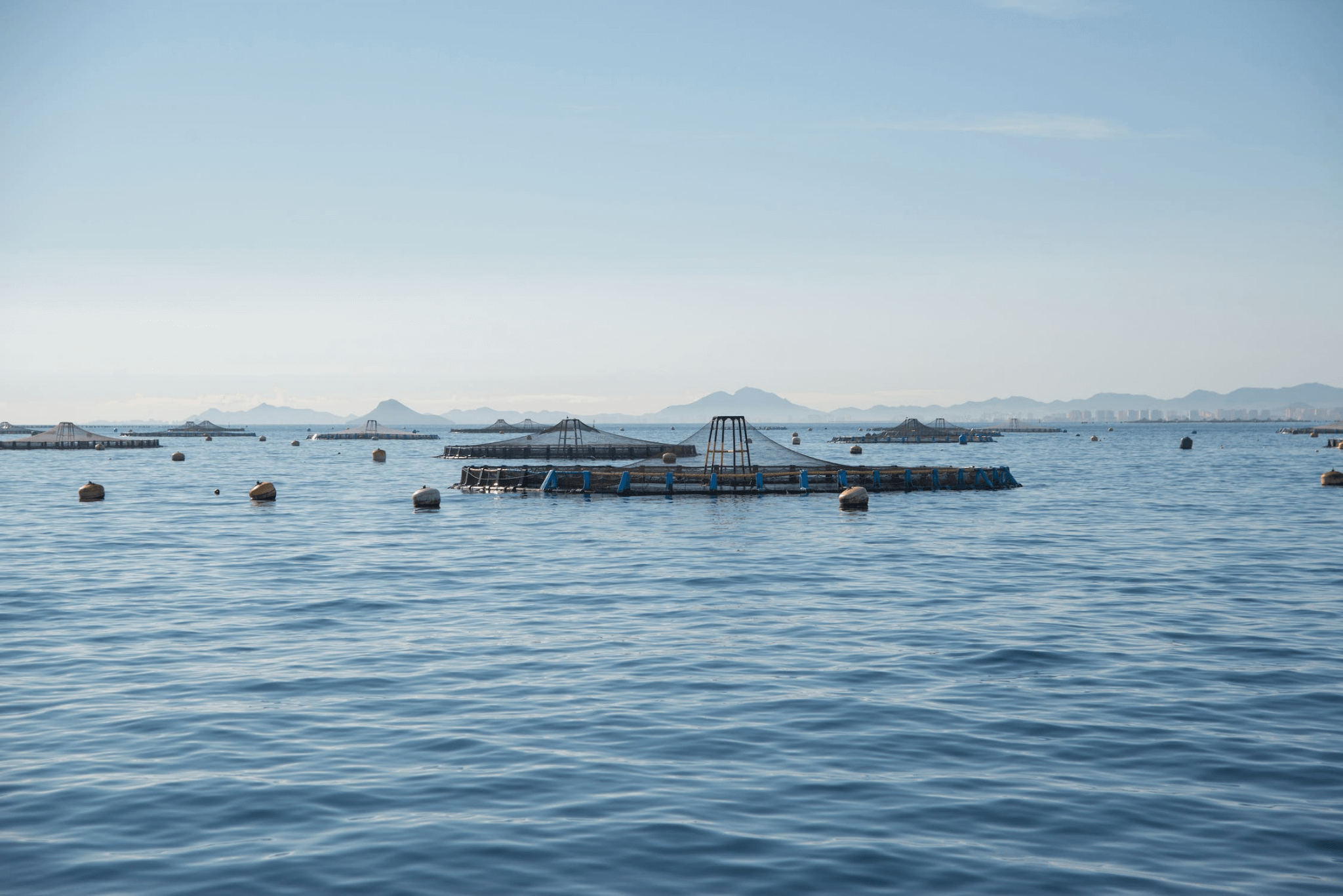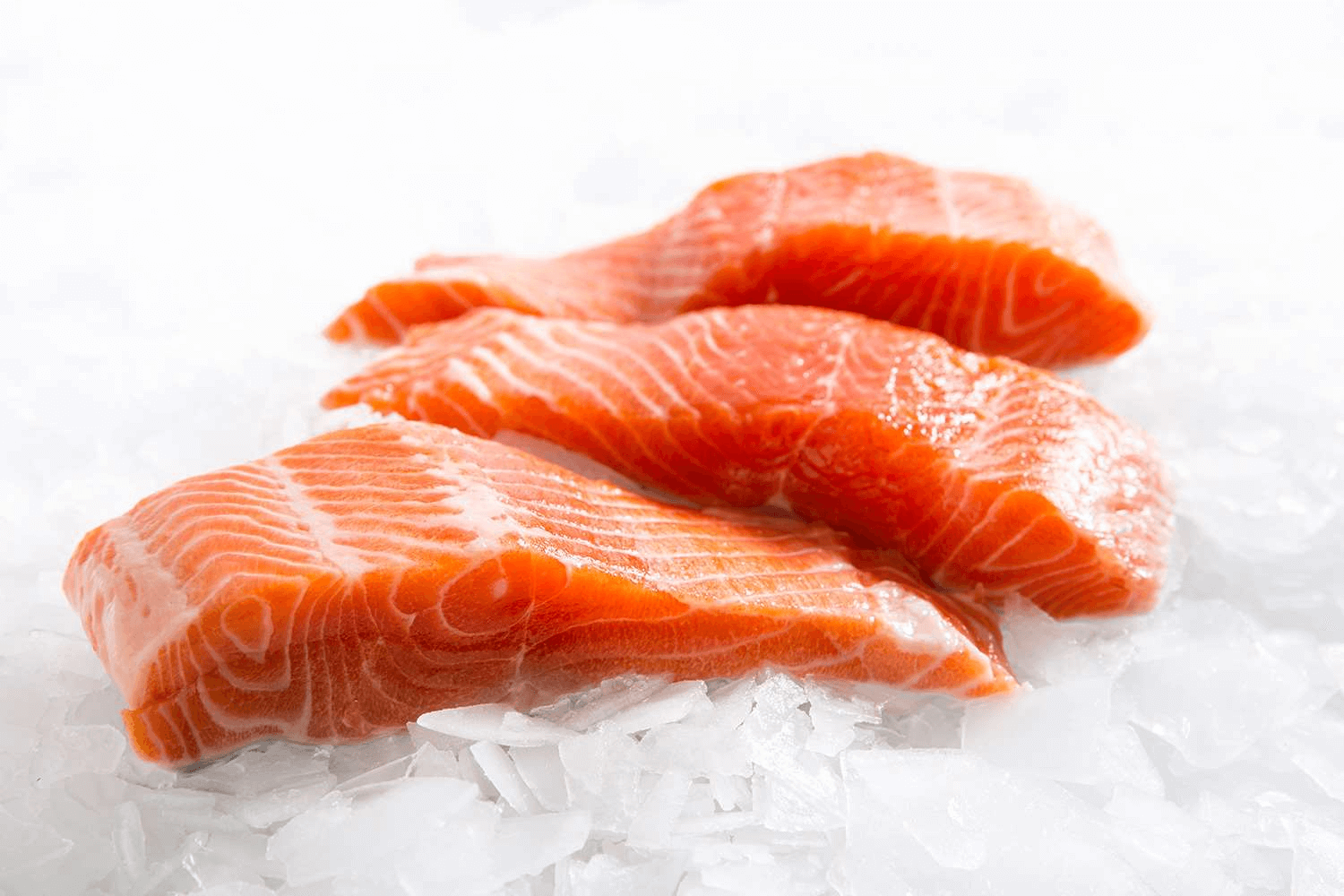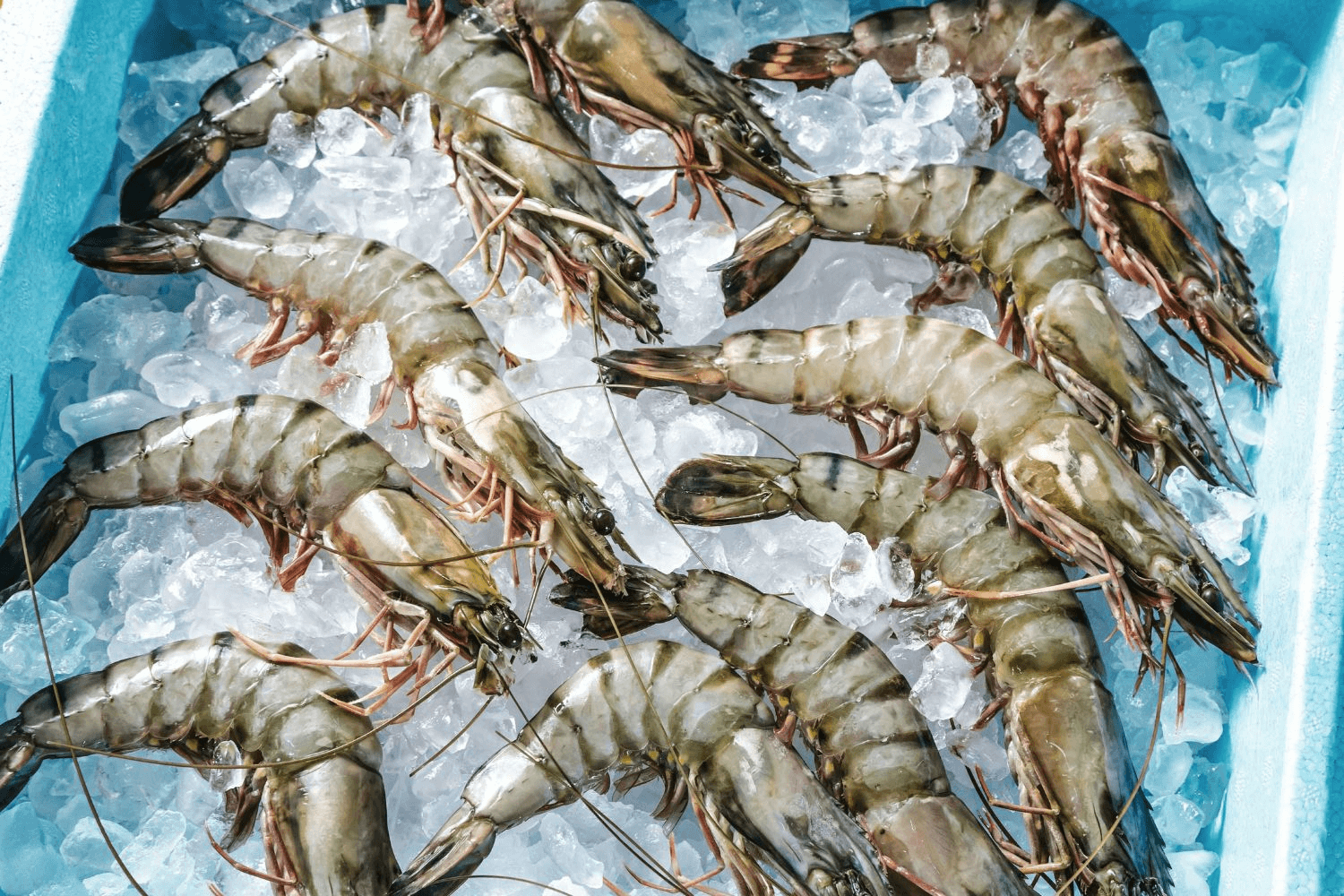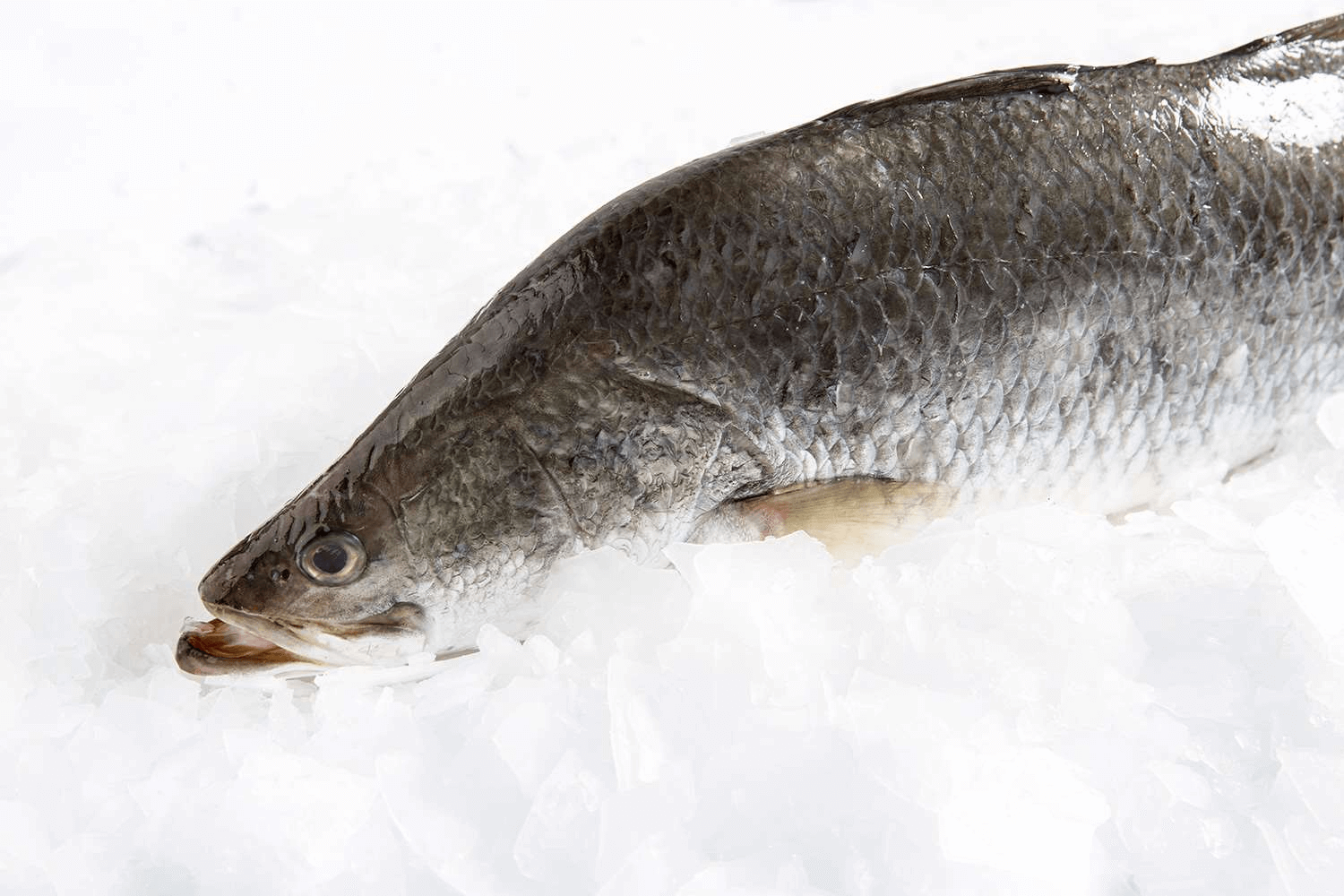




Fisheries and aquaculture play a crucial role in producing sustainable seafood.
It’s no secret that the Earth’s environment and its species are in a precarious state. This is particularly true of aquatic species, which are especially vulnerable to the effects of climate change and unsustainable practices.
In recent years, the concept of environmental sustainability has become more popular and crucial. One of the major areas of focus has been sustainable fishing. As consumers, we have the power to make a difference by ensuring that we are purchasing seafood products that are sustainably sourced.
Sustainability is defined as the capacity to meet the needs of the present while supporting the coming generations’ ability to meet their own needs—all while ensuring environmental, social and economic well-being. This definition applies to all areas of life, including fishing.
Sustainable seafood is a wide-ranging term that encompasses various fishing and aquaculture practices, including responsible fishing methods, sustainable aquaculture practices, traceability and certifications that ensure seafood is sustainably sourced. The goal is to ensure we can continue to enjoy seafood without depleting fish populations or damaging the ecosystems they inhabit.
Sustainable seafood was first promoted in the 1990s via the sustainable seafood movement, a global effort based upon the realisation that the world’s oceans and their ecosystems are being exploited.
Sustainable fishing is the practice of fishing in a way that maintains our health and that of the oceans and the long-term viability of the seafood industry. Let’s take a look at the global issue of overfishing, for example. Some wild fish populations have been overfished for decades, and this has had devastating consequences for both the marine ecosystem and the economies that depend on it.
Sustainable fishing practices help ensure that fish populations remain healthy and that fishing can continue for generations to come.
Most sustainable seafood options are high in protein, vitamins, minerals and Omega-3 fatty acids (healthy fats), which translate to a tonne of health benefits. They’re likely free from harmful chemicals and contaminants since they’re sourced from well-managed fisheries and aquaculture operations that prioritise the health of the environment and the welfare of the fish.

Want a sashimi-grade salmon fillet? These fillets from Tasmania’s cold waters are as sustainable as they come.
When it comes to sustainable fishing, there are several best practices that should be followed. These include:

These black tiger prawns are a delicious, environmentally-friendly seafood option. But don’t fret if you have a shellfish allergy because Manettas offers a wide selection of sustainable seafood.
*Note: If you’re allergic to a certain type of shellfish, consider avoiding all other types to prevent allergic reactions.
Sustainable seafood doesn’t necessarily mean farmed fish. Sustainable seafood can be either wild-caught or farm-raised as long as it comes from a sustainable source.
Wild-caught seafood is generally considered the most sustainable option, as it’s usually sourced from healthy, sustainable fish stocks and isn’t subjected to the same level of environmental impact as farmed seafood. However, farm-raised seafood can also be sustainable if sourced from a responsible and sustainable aquaculture operation.
Aquaculture refers to the farming of aquatic organisms, such as fish, shellfish, seaweed and other seafood in controlled environments, including tanks, ponds or ocean pens. These organisms may be cultivated for commercial or recreational purposes and can be used to supplement or replace wild species.
Are you sure the seafood you’re buying is sustainably sourced? Here are some tips to help you know if you’re buying sustainable seafood:

At Manettas, you’ll get medium or large barramundi straight from the country’s reputable fish farms like Cone Bay and Humpty Doo.
In some cases, sustainable seafood can cost a bit more than non-sustainable seafood, mainly because of the expenses associated with sustainable practices. Do your research and shop around to find sustainable and affordable seafood options. Or, take the easier route and check out the Manettas website for fresh, sustainable seafood at affordable prices.
Manettas Seafood Marketplace is dedicated to promoting sustainable seafood practices and fostering a well-informed seafood community, from everyday consumers to Aussie seafood restaurants. By sharing updates on aquaculture innovations and partnering with organisations that share their commitment to sustainability, Manettas aims to contribute to a thriving seafood industry.